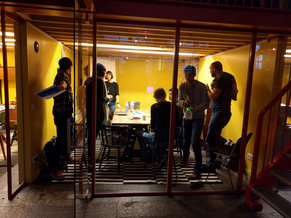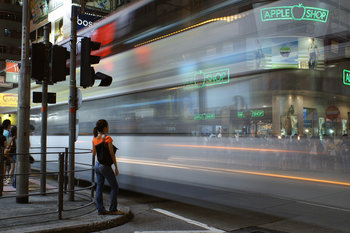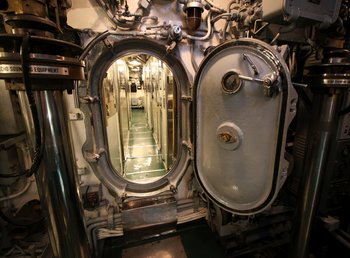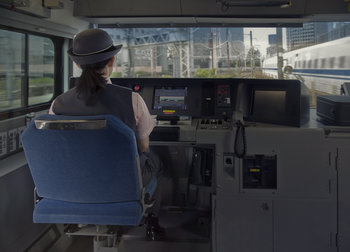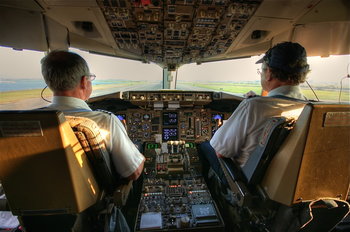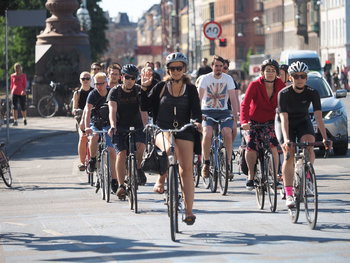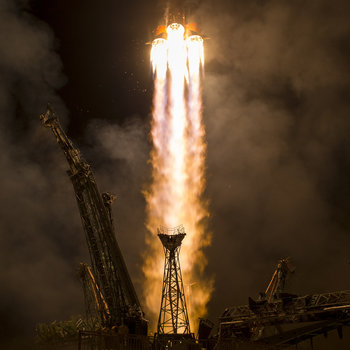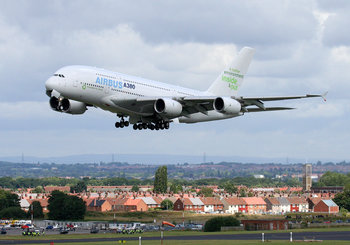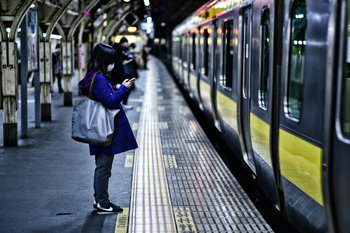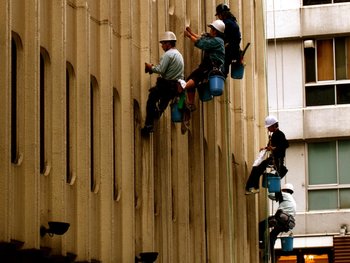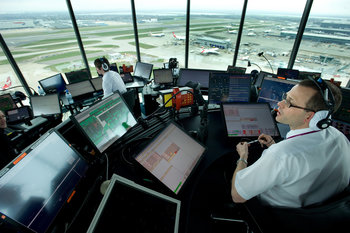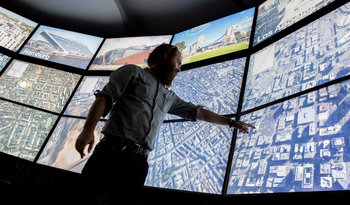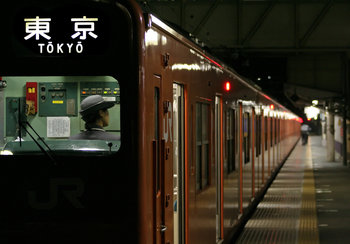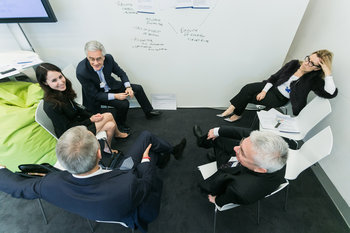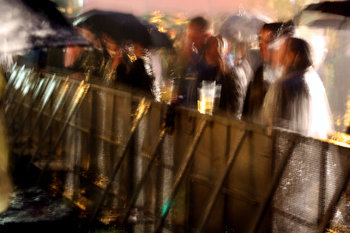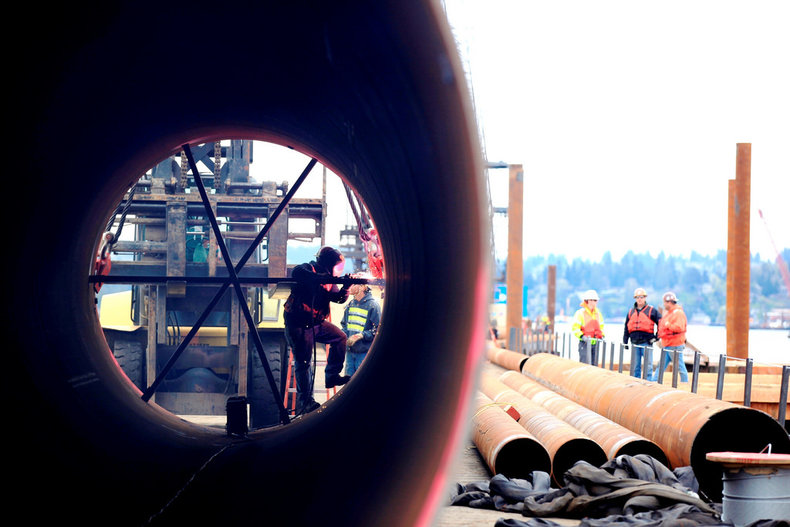
Elimination
Identifying ways to remove a hazard. For example, a town that has historically experienced a number of large tsunami might build critical facilities such as schools and hospitals on stable land at a high elevation.Substitution
Substituting a hazardous material or process with a something less hazardous. For example, replacing a dangerous chemical with a substance that is believed to be far safer.Equipment
Equipment such as air ventilation systems that improve indoor air quality.Structures
Structures such as a bulkhead in a ship that is designed to contain hull breaches and fires.User Interfaces
User interfaces designed to reduce human error such as a lawn mower that requires a clutch to be held to operate. This prevents users from leaving the mower operating unattended or attempting to perform maintenance while the mower is running.Communication
Communicating safety related information such as hazard warnings. For example, a factory might color-code pipes to visually indicate those that contain a hazard.Safe by Design
Designing equipment, vehicles, systems and buildings to be safe. For example, designing equipment such that it is impossible for humans to come in contact with dangerous moving parts.Human Factors & Ergonomics
Designing things that are compatible with the physical, cognitive and behavioral characteristics of people. For example, designing a chair so that it doesn't cause injuries over time.Fail-safe
A machine or vehicle that is designed to go into a safety mode when something is wrong. For example, an lawnmower that automatically shuts off when it hits a large rock.Safety Systems
Information technology designed to improve safety such as a system for detecting earthquakes. Such information can be relayed to people via mobile devices and trigger automatic shutdown of things such as high speed trains.Processes
Processes that are designed to be safe. For example, a production process that that automates hazardous tasks such as lifting heavy objects.Training
A process of regular safety training.Practices
Practices such as maintenance checklists designed to reduce human error. For example, a checklist for an aircraft maintenance procedure.Administration
Administrative processes, practices and policies to improve safety. For example, a work scheduling policy that prevents overworking pilots.Culture
Leadership, management and team efforts to prioritize safety above all else. For example, making it clear to employees that they have authority to stop a process if it doesn't feel safe.Personal Protective Equipment
Mandating safety equipment such as safety boots on a construction site.| Overview: Safety Controls | ||
Type | SafetySafety by Design | |
Definition | Processes, practices, systems, policies and tools that are designed to reduce safety risks. | |
Related Concepts | ||




